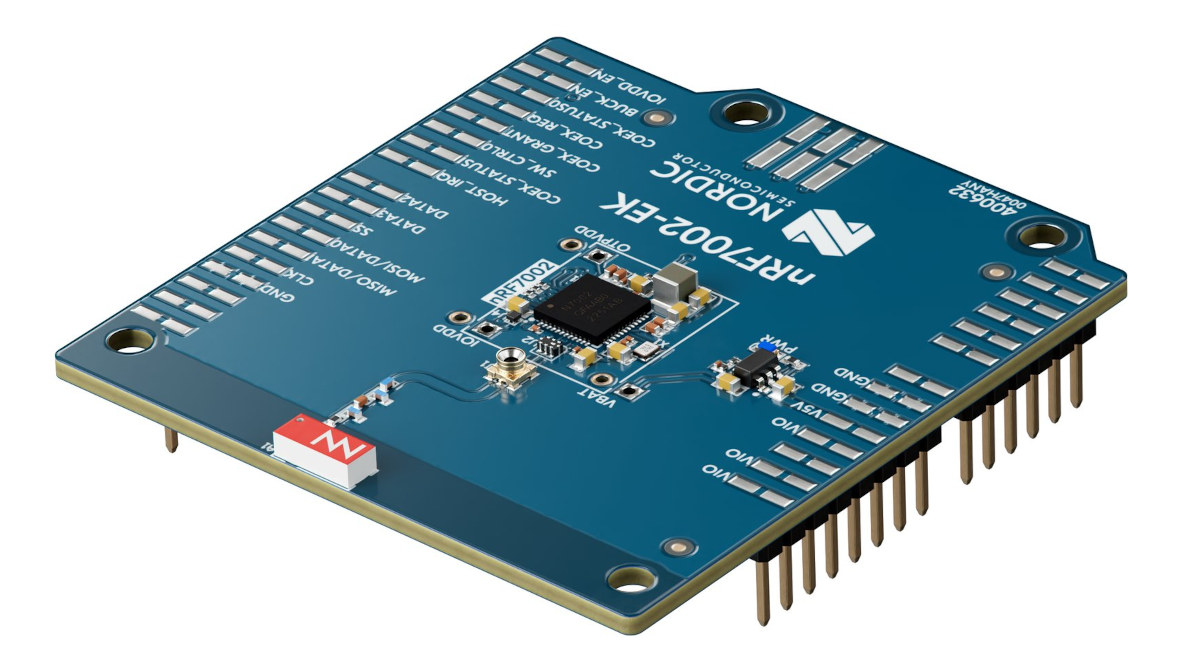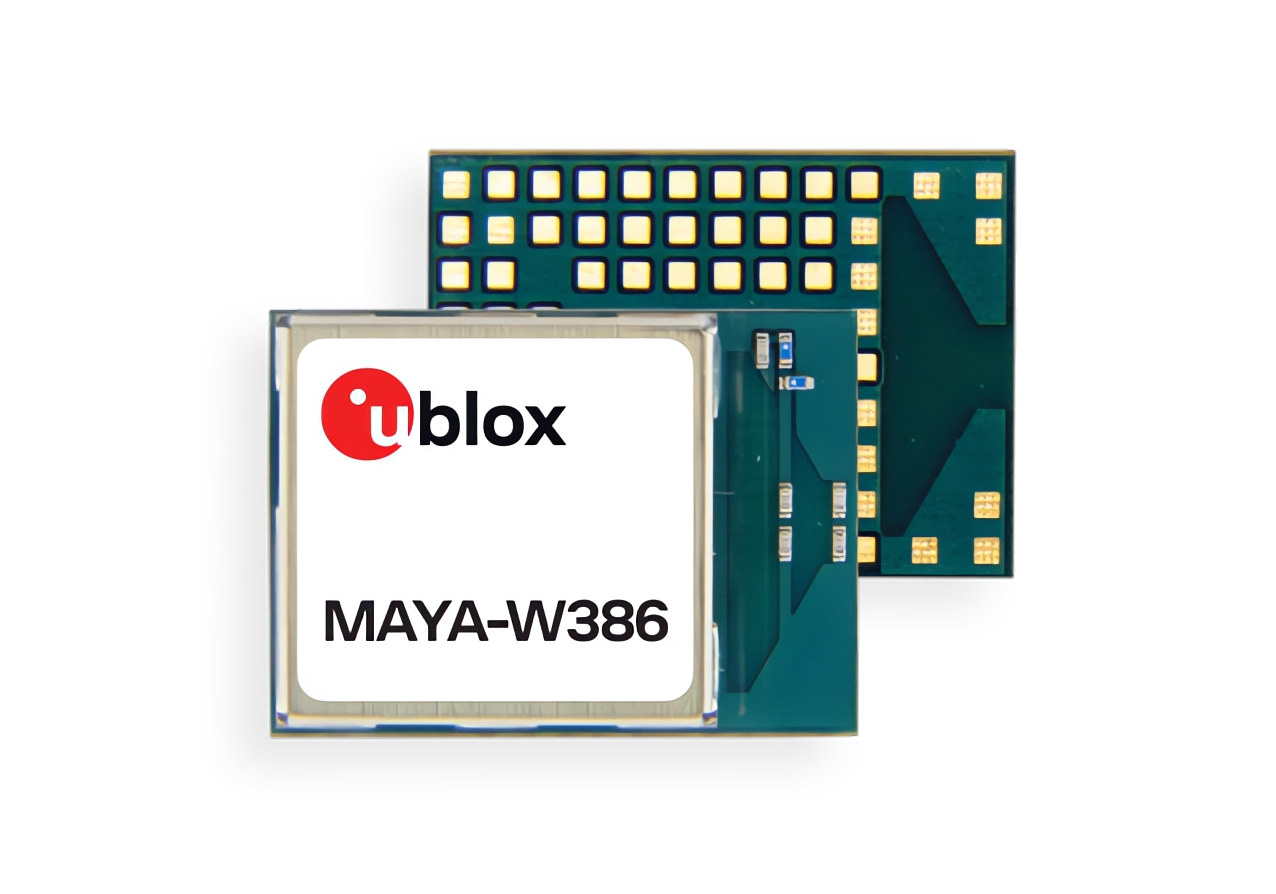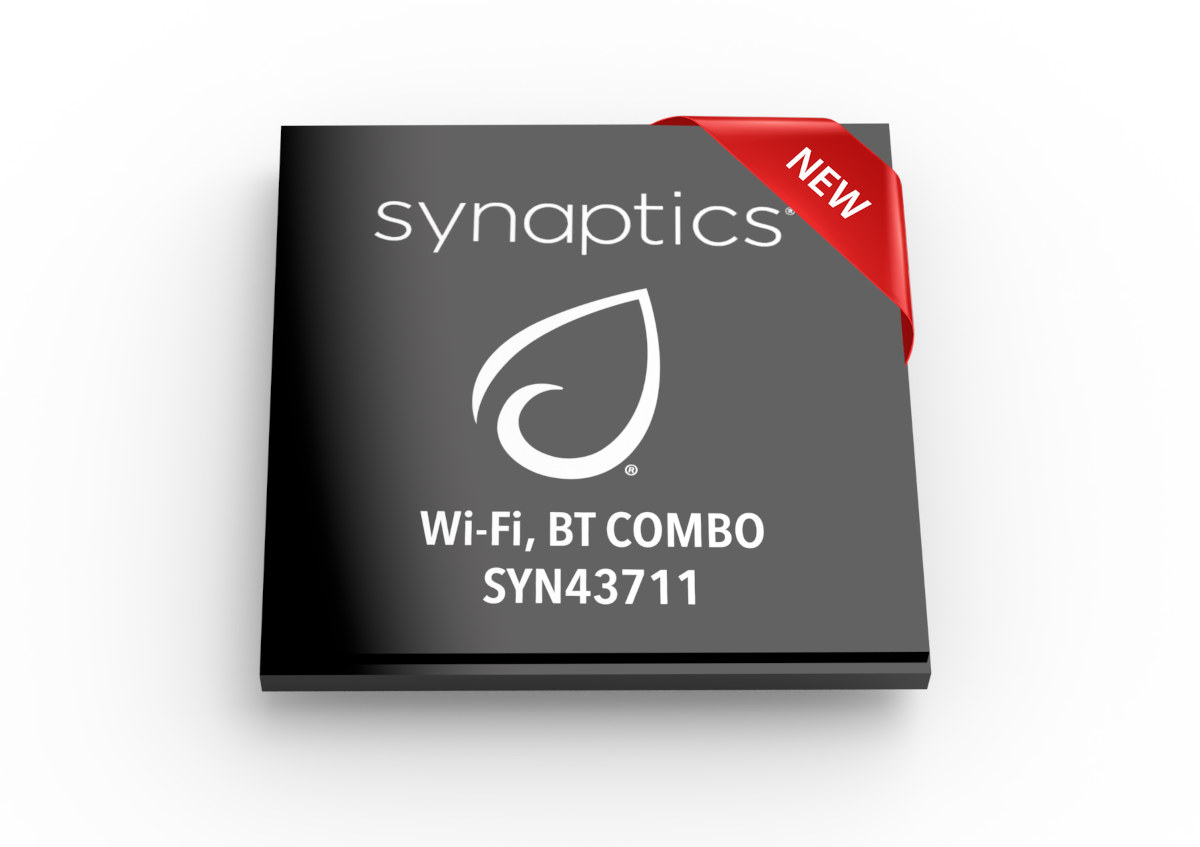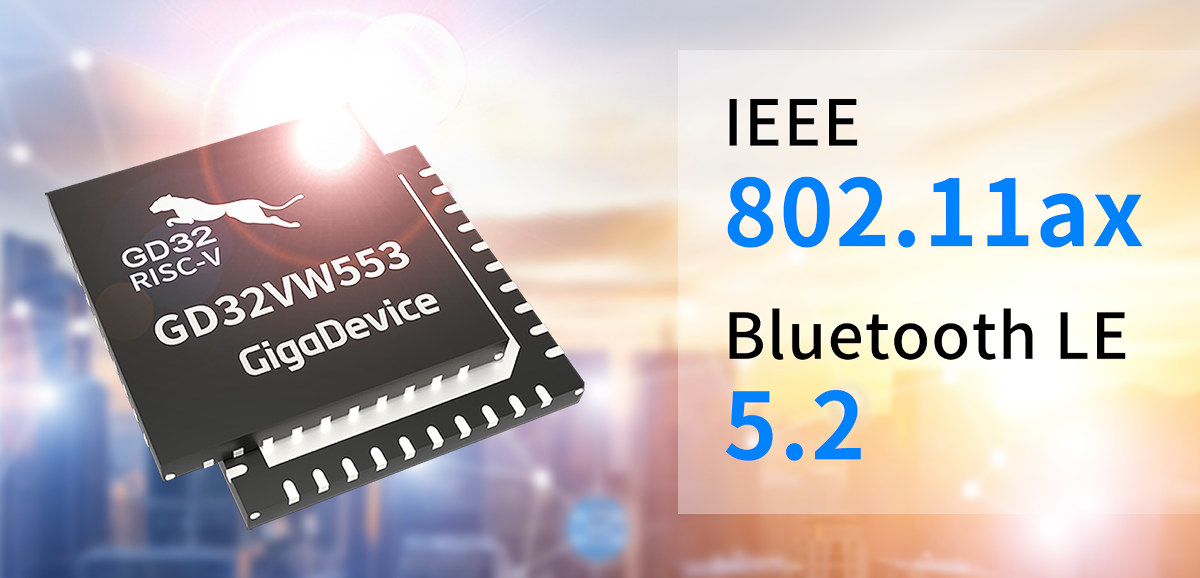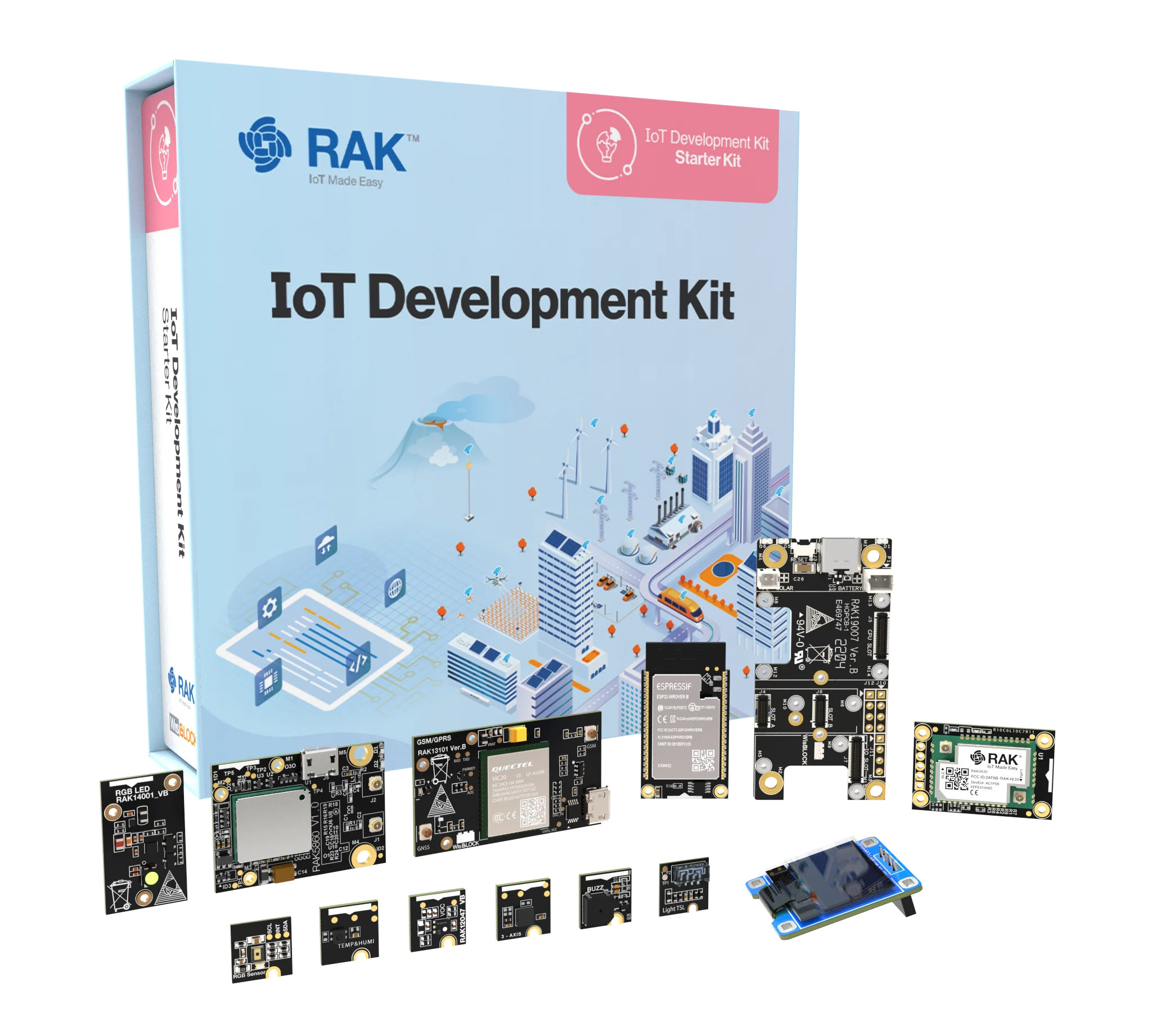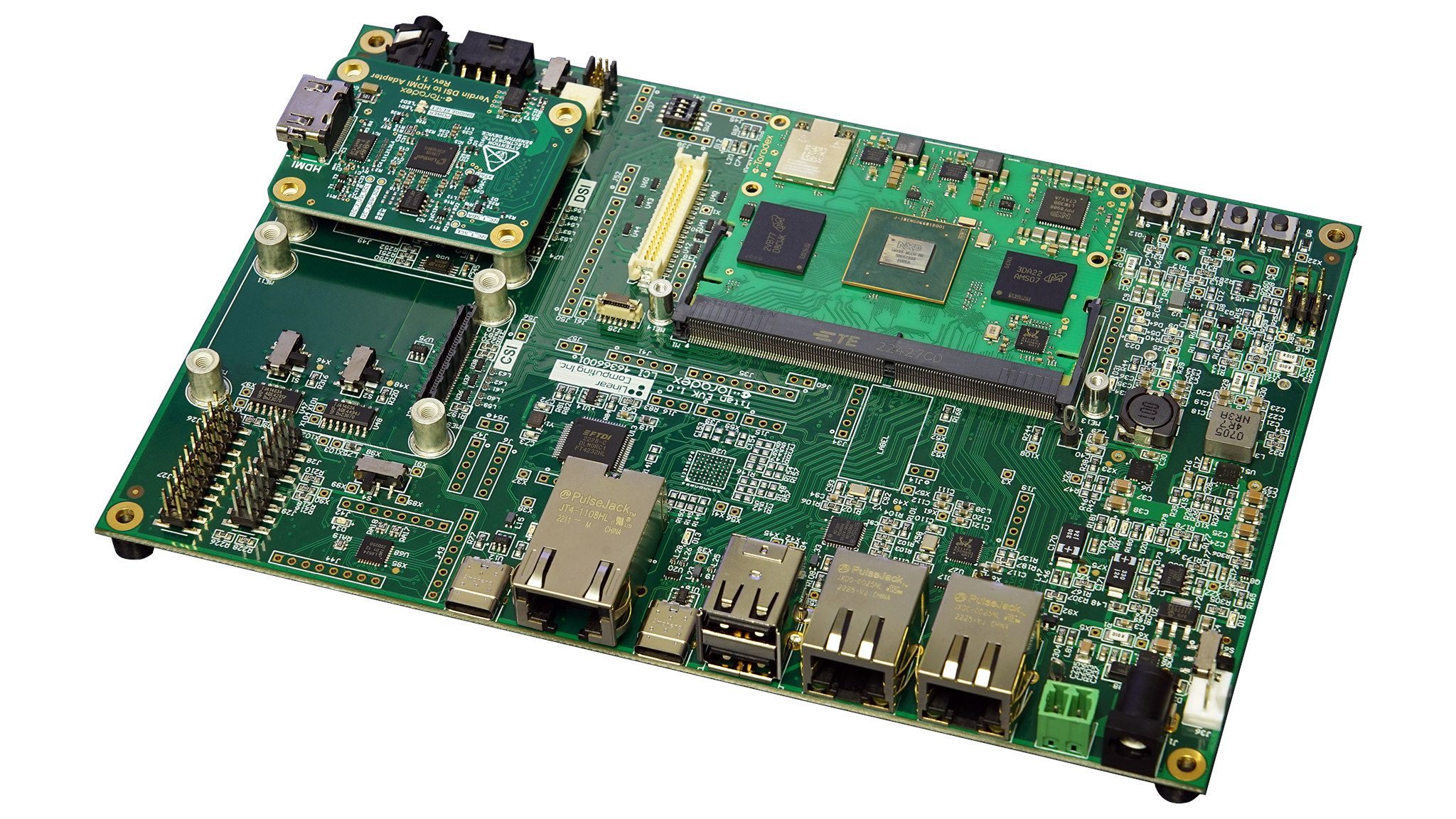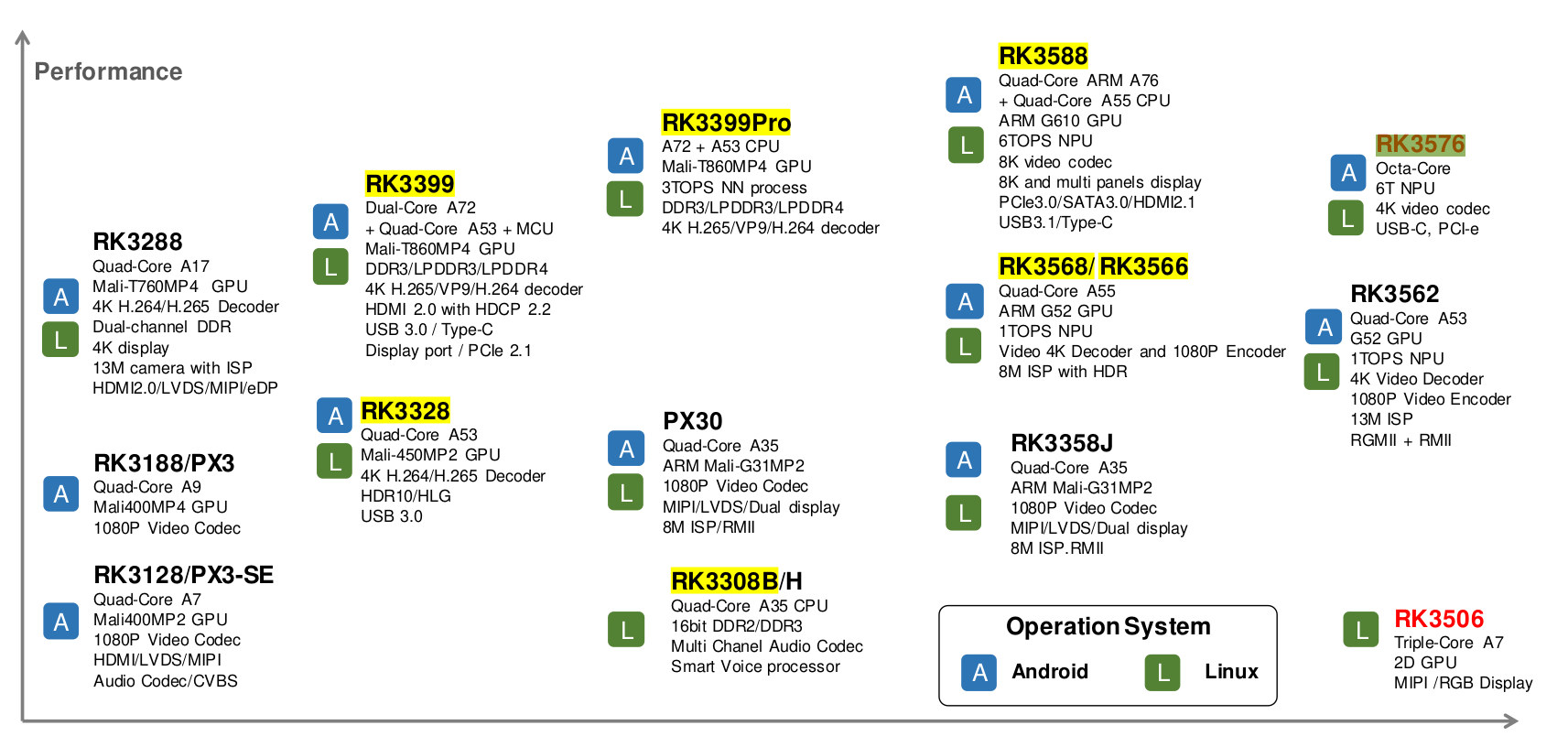We’ve been writing about international Black Friday and Cyber Monday deals and coupon codes since 2014, as US-centric promotions such as Amazon’s Black Friday and Cyber Monday deals are not always available to the international audience of CNX Software. So once again, we’ve searched at Black Friday and Cyber Monday 2023 international promotions and discount codes from specific manufacturers as well as popular online stores such as Aliexpress, Banggood, and others. Aliexpress Black Friday and Cyber Monday event Aliexpress will have a Black Friday (and Cyber Monday) event in 2023, but we have limited details at this time since it will only start on November 23, contrary to some of the other deals we’ll feature below which are already up and running. But the event will have two periods: Nov 20-22 PT – Warm Up event where users can find and add items to the cart before purchasing during the […]
Nordic introduces nRF7002 EK WiFi 6 Arduino Shield, nRF7000 SSID-based Wi-Fi locationing chip
Nordic Semi has launched the nRF7002 EK based on the company’s nRF7002 dual-band WiFi 6 IoT chip and in the form of an Arduino shield that works with other Nordic development kits such as the nRF52840 DK, nRF5340 DK, and nRF9160 DK, and separately, the company launched the nRF7000 SSID-based Wi-Fi locationing chip. nRF7002 EK Earlier this year, the company launched the nRF7002 DK, a complete development kit with the nRF7002 WiFi 6 chip and the nRF5340 dual-core Arm Cortex-M33 wireless microcontroller, but for developers who already own nRF devkits, they’ve now introduced the nRF7002 EK Arduino Shield. nRF7002 EK specifications: Wireless chip – Nordic Semi nRF7002 Dual-band Wi-Fi 6 (802.11ax) WiFi station mode Target Wake Time (TWT) 20 MHz channel bandwidth Antenna – 2.4 and 5 GHz antenna for WiFi SWF port for RF measurement Host interface – SPI or QSPI interfaces Dimensions – Arduino shield form factor The […]
u-blox MAYA-W3 industrial wireless module supports WiFi 6/6E and Bluetooth 5.4 with LE Audio
We’ve already covered two IoT-focused WiFi 6 and Bluetooth LE chips last week with Synaptics SYN43711 chipset and Gigadevice GD32VW553 RISC-V WiSoC, but there’s more, and u-blox has recently introduced the MAYA-W3 WiFi 6/6E and Bluetooth 5.4 module with LE Audio support and designed for industrial applications. It follows the MAYA-W2 industrial IoT module with NXP iW611/iW612 SoC introduced last year. The MAYA-W3 module offers some flexibility as it’s designed on the upcoming Infineon AIROC CYW5551x WiFi 6E and Bluetooth 5.4 chip family supporting 2.4 GHz only (CYW55511), 2.4 GHz and 5 GHz (CYW55512), and a 2.4 GHz, 5 GHz, and 6 GHz with the tri-band CYW55512 chipset. u-blox also provides three antenna options for each model with two U.FL connectors, two antenna pin connectors, or an embedded PCB antenna. u-Blox MAYA-W3 specifications: Chipset – Infineon AIROC CYW5551x CYW55511 for 2.4 GHz WiFi 6 CYW55512 for 2.4 and 5 GHz […]
Synaptics SYN43711 WiFi 6E & Bluetooth 5.3 chipset targets IoT devices, video streaming, robotics
Synaptics SYN43711 is a new WiFi 6E and Bluetooth 5.3 “SoC” designed for “IoT applications” such as high-end home appliances with video streaming capabilities, surveillance cameras, robots, and other secure smart consumer, industrial, and enterprise systems. It’s a more cost-effective version of the company’s SYN4382 SoC that supports 1,200 Mbps 2×2 MIMO Wi-Fi 6E, Bluetooth 5.3, and 802.15.4 connectivity. Designed for small form factor devices, the new SYN43711 tri-band chipset supports 600 Mbps WiFI 6E, Wi-Fi Sensing (human presence detection), and Bluetooth 5.3 with LE Audio for multiple concurrent Bluetooth connections and audio streams, including Auracast audio sharing. SYN43711 key features and specifications: Wireless Tri-band (2.4, 5, 6 GHz) Wi-Fi 4, 5, 6, 6E up to 600 Mbps (1×1 antenna arrangement) Bluetooth 5.3 LE with LE Audio support Integrated PAs and LNAs (external PA and LNA optional) with high transmit (Tx) power level and receive (Rx) sensitivity Synaptics Smart Co-Ex […]
Gigadevice GD32VW553 RISC-V microcontroller supports WiFi 6 and Bluetooth 5.2 LE
Gigadevice GD32VW553 is a new 160MHz RISC-V microcontroller for IoT applications with support for WiFi 6 (802.11ax) and Bluetooth 5.2 Low Energy (LE) and available in QFN32 and QFN40 packages with up to 28 GPIOs. As an IoT chip, the chip supports various power modes and target wake time (TWT) for low power consumption, as well as WiFi features such as WPA3 and WiFi direct, while the radio can handle Bluetooth 5.2 LE bit rates of up to 2 Mbps and support the Long Range mode. Gigadevice GD32VW553 specifications: MCU core – 32-bit Nuclei N307 RISC-V core @ up to 160 MHz with RV32I / M / A / F / D / C / P / B instruction extensions Memory – 320KB SRAM Storage – 2048KB or 4096KB flash Wireless WiFI 6 802.11b/g/n/ax HT20 up to 114.7Mbps 802.11e QoS Enhancement (WMM). 802.11i (WPA, WPA2, WPA3). Open, shared key, and […]
Giveaway Week 2023 – WisBlock IoT Starter Kit with LoRaWAN and LTE-M/NB-IoT or GSM connectivity
RAKwireless is joining CNX Software Giveaway Week for the third year running with the company offering a free WisBlock IoT Starter Kit with LoRaWAN and LTE-M/NB-IoT or GSM connectivity following giveaways for the WisBlock Kit 2 LoRa-based GPS Tracker with Solar Panel in 2021 and RAK Developer Kit (Air Quality Kit) in 2022. The WisBlock IoT Starter Kit enables prototyping with LoRaWAN and cellular IoT connectivity plus display modules (OLED and RGB) and plenty of sensors such as accelerometers, light sensors, VOC sensors, temperature and humidity sensors, and more. WisBlock IoT Starter Kit content: 1x RAK4631 WisBlock Core module SoC – Nordic nRF52840 Arm Cortex-M4F microcontroller @ 64 MHz with 1 MB Flash, 256 KB RAM, Bluetooth Low Energy 5.0 protocol stack LoRaWAN – Semtech SX1262 LoRa Transceiver with LoRaWAN 1.0.2 protocol stack (supports Class A & C), global coverage support: RU864, IN865, EU868, US915, AU915, KR920, AS923 1x RAK11200 […]
Toradex Titan Evaluation Kit features NXP i.MX 95 AI processor for IoT, industrial, and automotive applications
[Update September 12, 2024: The NXP i.MX 95 Titan Evaluation Kit (EVK) has been renamed to the “i.MX 95 Verdin Evaluation Kit”] Toradex Titan Evaluation Kit features the NXP i.MX 95 Cortex-A55/M33/M7 heterogenous AI processor introduced at the beginning of the year with an NXP eIQ Neutron Neural Network Accelerator (NPU) for automotive, industrial, and IoT applications. The design is comprised of a carrier board and a SO-DIMM system-on-module with the NXP i.MX 95 SoC, up to 16GB LPPDR5 memory, up to 128GB eMMC flash storage, a WiFi 5 and Bluetooth 5.0 wireless module, a gigabit Ethernet controller, a PMIC, and a few other components. The carrier board also comes with 10GbE and Gigabit Ethernet ports, HDMI video output, a few USB ports, and various expansion connectors and headers. Toradex Titan evaluation kit specifications: SoC – NXP i.MX 95 with Up to 6x Arm Cortex-A55 application cores clocked at 2.0 […]
Rockchip roadmap reveals RK3576 and RK3506 IoT processors, Linux 6.1 SDK
The Rockchip RK3588 processor may remain the most powerful processor from the company for a while as an updated Rockchip IoT processor roadmap reveals the new RK3576 octa-core SoC and RK3506 tri-core Cortex-A7 chip, as well as a Linux 6.1 SDK to be released in Q4 2023. With the limited information we have, the Rockchip RK3576 looks to be a cost-down version of the RK3588 processor with eight cores, a 6 TOPS NPU, a 4K video codec, as well as PCIe and USB-C interfaces. Strangely the Rockchip RK3582 that should serve a similar purpose is not showing up in the roadmap. [Update: The RK3576 is indeed a lower-cost SoC but features four Cortex-A72 and four Cortex-A53 cores instead as per the comparison table reproduced below: That also means we now have the RK3576 specifications (some obtained from another document too): CPU Octa-core Arm processor with 4x Cortex-A72 cores at 2.2 […]



